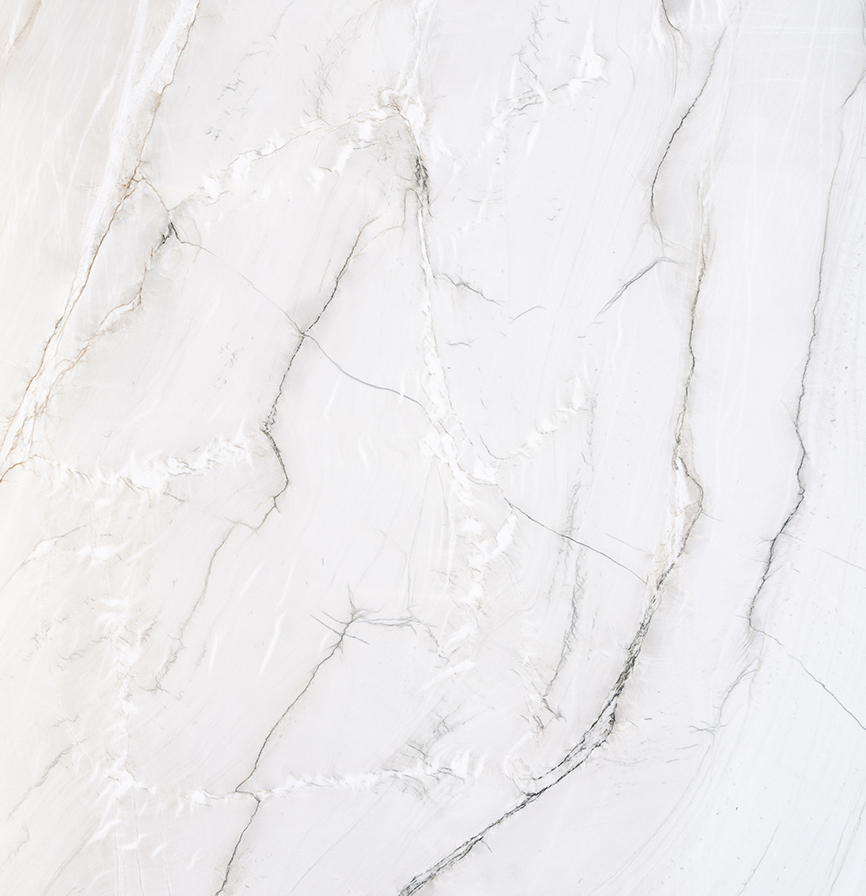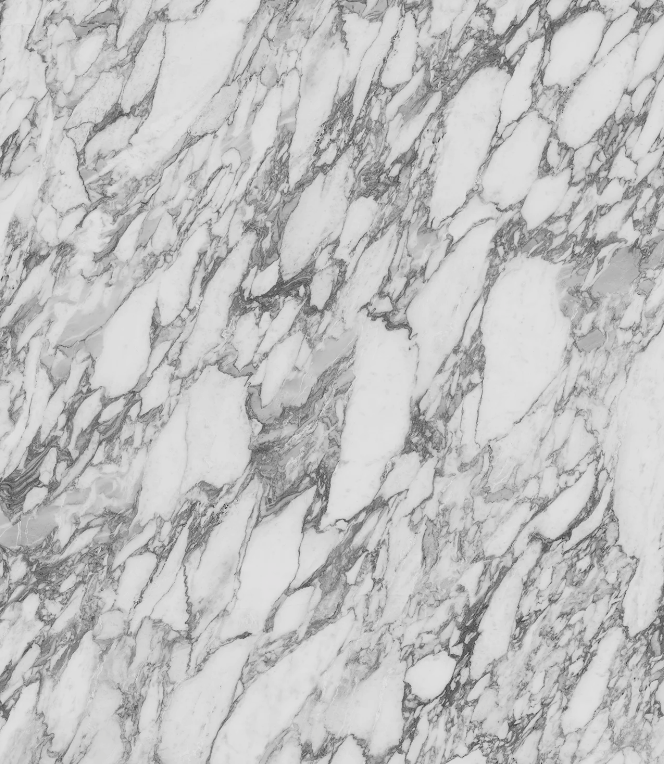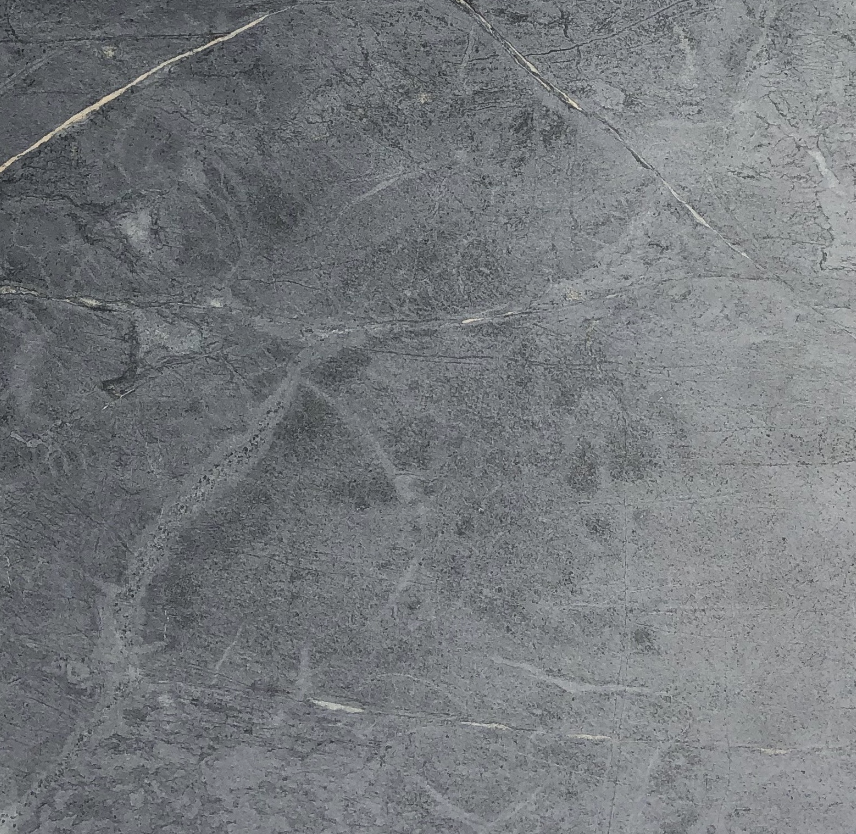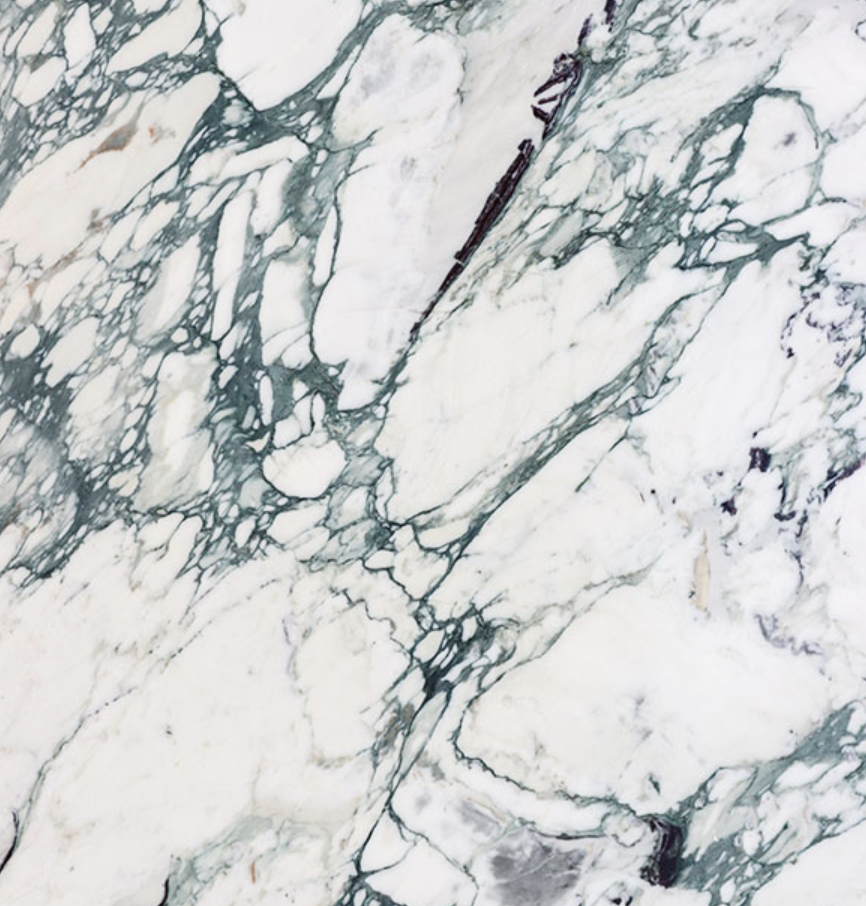Design Digest: Natural Vs. Engineered Stone
The Great Debate: Will My Marble Counters Stand the Test of Time?
natural vs engineered: the basics
When it comes to interior design, natural and engineered stones are both popular choices for a variety of applications, from flooring and countertops to wall coverings and backsplashes. While both types of stone can be visually stunning, there are important differences to consider when choosing between them for your home.
First, let's define what we mean by natural and engineered stones. Natural stones are quarried from the earth and cut into slabs or tiles for use in construction and design.
Examples of natural stones include granite, marble, limestone, and slate. Engineered stones, on the other hand, are man-made products that are composed of natural stone chips or fragments bound together by a resin or cement binder. Examples of engineered stones include quartz and terrazzo.
One of the primary differences between natural and engineered stones is their durability and longevity. Natural stones are known for their strength and durability, which is why they are often used in high-traffic areas such as entryways and kitchens. However, some natural stones are more porous than others and require sealing to prevent staining and damage. Additionally, natural stones can be prone to chipping and scratching over time, especially if they are not properly cared for.
Engineered stones, on the other hand, are designed to be highly durable and resistant to scratches, stains, and other forms of damage. They are often recommended for areas that require low maintenance, such as bathrooms or laundry rooms. Engineered stones are also available in a wide variety of colors and patterns, making them a versatile choice for a range of design styles.
When it comes to maintenance, both natural and engineered stones require regular care to maintain their appearance and durability. For natural stones, this typically involves periodic sealing and cleaning with a pH-neutral cleaner to prevent staining and etching. Engineered stones, on the other hand, can be cleaned with a mild soap and water solution and do not require sealing.
While natural stones are prized for their beauty and durability, they require more maintenance to keep them looking their best. Engineered stones, on the other hand, offer a low-maintenance option that can mimic the look of natural stones with a wider range of colors and patterns. Ultimately, the choice between natural and engineered stones will depend on your personal style and needs, as well as the specific application in which they will be used.
the naturals: let’s talk marble
Marble is a natural stone that has been used for centuries in architecture and design. Its beauty, durability, and versatility have made it a popular material in construction and design.
The use of marble in architecture and design dates back to ancient civilizations such as Greece and Rome. These cultures used marble for everything from statues and sculptures to building facades and floors. The beauty and durability of marble made it a popular material for monuments and public buildings, and it was often associated with wealth and power.
One of the challenges with marble is that it is a porous material, which means that it can absorb liquids and stains easily. To address this, sealing technology has been developed to protect marble from moisture and stains. Sealing marble is an important step in maintaining its beauty and durability over time, and it is recommended to seal it regularly.
Marble is often used in areas with moisture, such as bathrooms and kitchens, because of its resistance to water damage. It is important to note, however, that marble is still a natural stone and can be susceptible to etching or damage from acidic substances. Regular cleaning and maintenance are important to keep marble looking its best.
In recent years, there has been an increase in the use of natural stone alternatives to marble. These alternatives offer similar beauty and durability as marble but with different characteristics and benefits. For example, quartzite is a natural stone that is harder and more durable than marble, making it a popular choice for high-traffic areas. On the other hand, soapstone is a softer stone that is more resistant to staining and etching than marble, making it a great choice for kitchen countertops.
the engineered: terrazzo
One of the most popular types of engineered stone is terrazzo, a composite material made from chips of marble, quartz, granite, or glass set in a binder.
Terrazzo originated in Italy in the 15th century as a low-cost flooring option. Its popularity grew in the 20th century, and it is now used in a variety of applications, including flooring, countertops, wall panels, and furniture.
One of the benefits of terrazzo is its durability. The combination of hard, durable chips and a strong binder makes it resistant to wear and tear, making it a great choice for high-traffic areas. It is also resistant to water and stains, making it a popular choice for bathrooms and kitchens.
Terrazzo also offers a wide range of design options. The chips used in the material can vary in size, color, and texture, allowing for a customized look. Terrazzo can be made in a range of colors, from neutral tones to bold hues, and can be polished to a high shine or left with a matte finish.
In addition to its aesthetic appeal, terrazzo is also an environmentally friendly option. The use of recycled glass and other materials in terrazzo reduces waste and carbon footprint.
Shop our favorites









